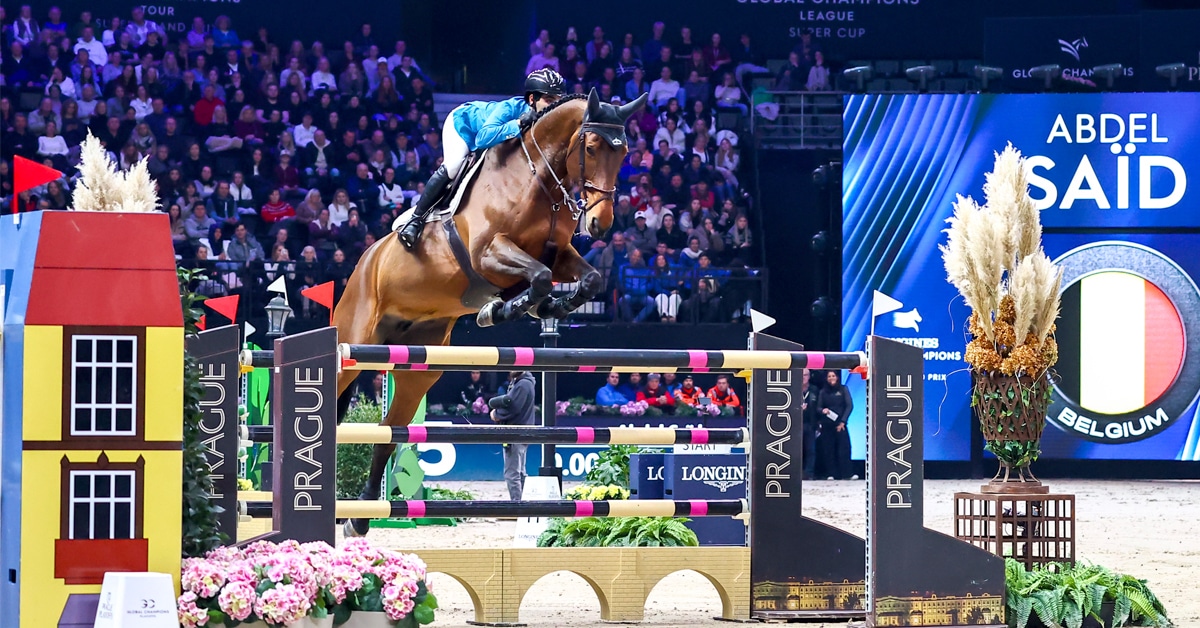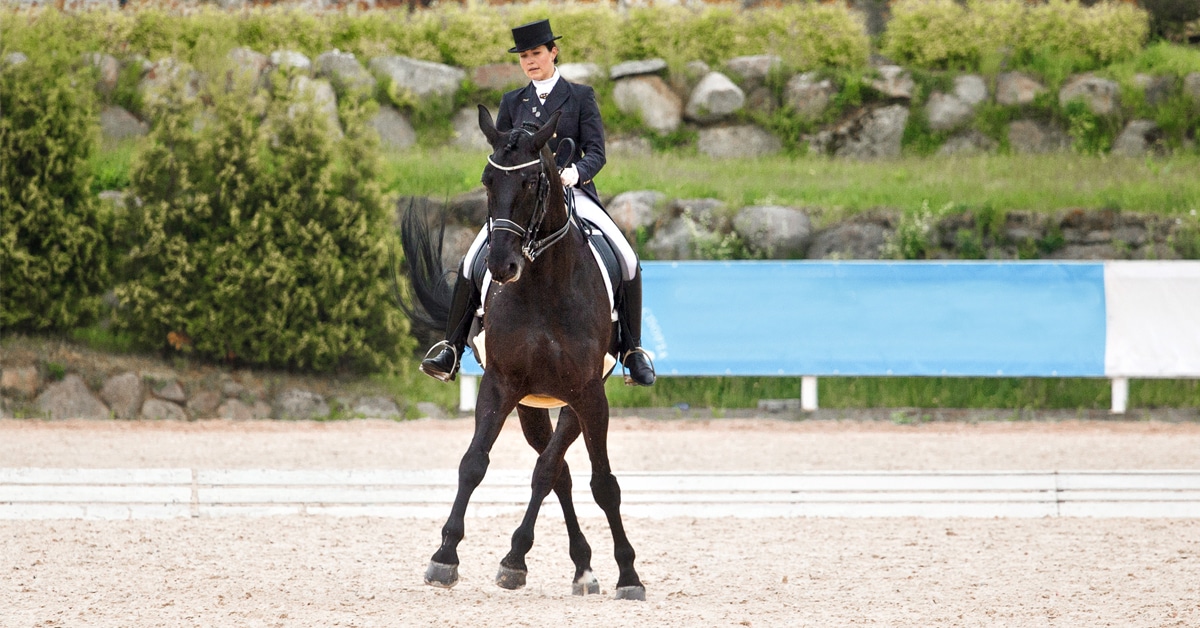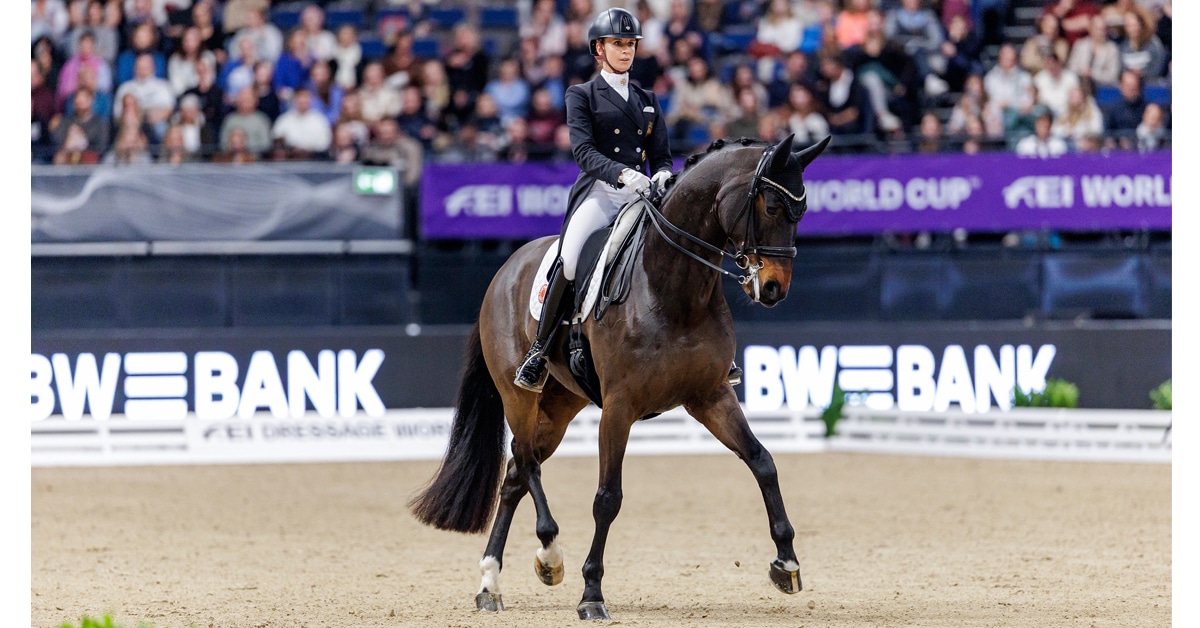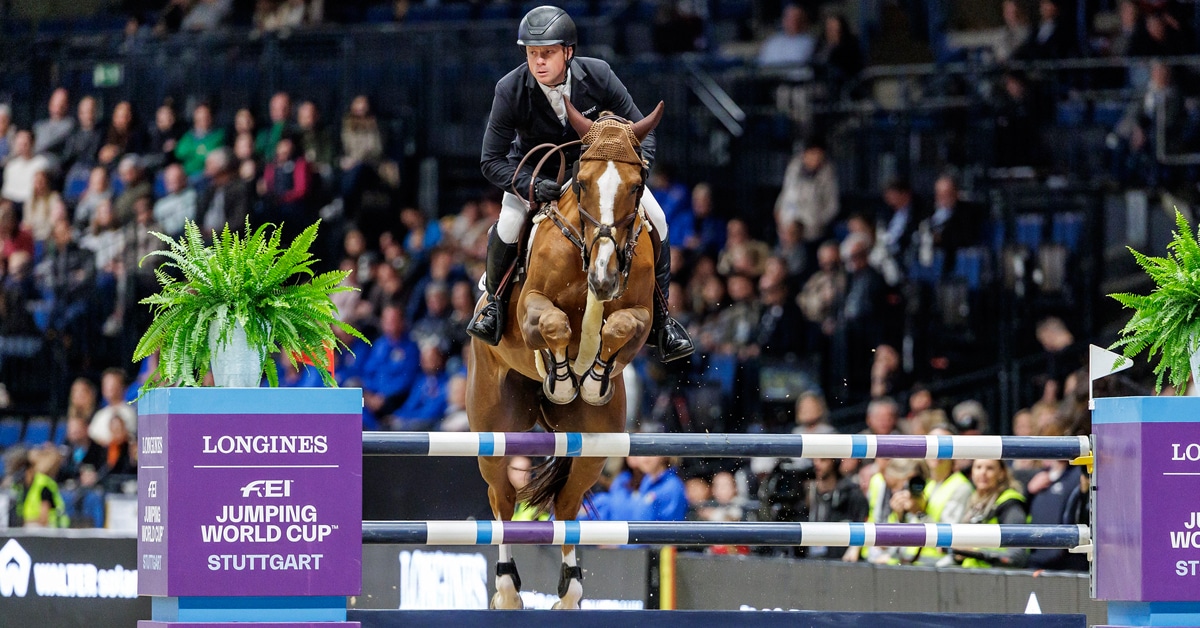Olympic Equestrian Dressage competitions got underway today with comprehensive heat and humidity protocols put in place by the FEI in response to rising temperatures, in Versailles.
“While we strive for all equestrian events to take place in optimal climatic conditions, it is often logistically challenging to achieve such conditions,” explained FEI Veterinary Director Göran Åkerström.
“Thanks to our protocols, horses cooled down swiftly and displayed no signs of heat stress, underscoring the efficacy of our climate mitigation strategies.
“The FEI uses the Wet Bulb Globe Temperature (WBGT) Index as a standard tool for assessing and managing thermal stress.
“The WBGT Index measures solar radiation, ground heat reflection, humidity and windspeed, and is used by several sports as it is the most comprehensive index to monitor the climate’s effect on humans, and in our case, also horses.
“This precise method allows us to accurately gauge the potential for heat stress at events and implement the necessary measures to safeguard our horses’ and humans’ welfare. These measures get put in place once the WBGT index is higher than 28 degrees Celsius, and in today’s case the Index reached the high peak of 33.8 degrees Celsius.”
Key measures put in place today included:
Continuous WBGT Monitoring: Beginning at 09:30 on Tuesday morning, on-site monitoring of climatic conditions was implemented, and the data was crucial in accurately assessing the potential for heat stress on the field-of-play throughout the day.
Thermal Imaging and Veterinary Supervision: All horses were monitored with advanced thermal imaging technology by a world-class veterinary team. This non-invasive technique accurately estimates body temperature from a distance, allowing for early identification of potential heat stress. Monitoring was conducted at warm-up stages and immediately upon horses returning from the field-of-play.
Cooling Stations: Further to the two cooling stations in place, three additional cooling stations were set up across the venue, equipped with cold water, ice, and personnel ready to assist with immediate cooling needs. These stations provided crucial support for rapid temperature reduction of the horses, post-performance.
The FEI has been at the forefront of researching and implementing climate mitigation strategies for equestrian sports, ensuring that athletes, both human and equine, perform safely in all conditions.
These comprehensive measures have been developed and refined since the 1996 Olympic Games in Atlanta, to ensure the safety and optimal performance of equine athletes competing today.
The heat mitigation protocols were developed specifically for high-risk environments like Tokyo 2020 and were adapted to suit local conditions for the Olympic and Paralympic Games in Paris 2024.
More News









